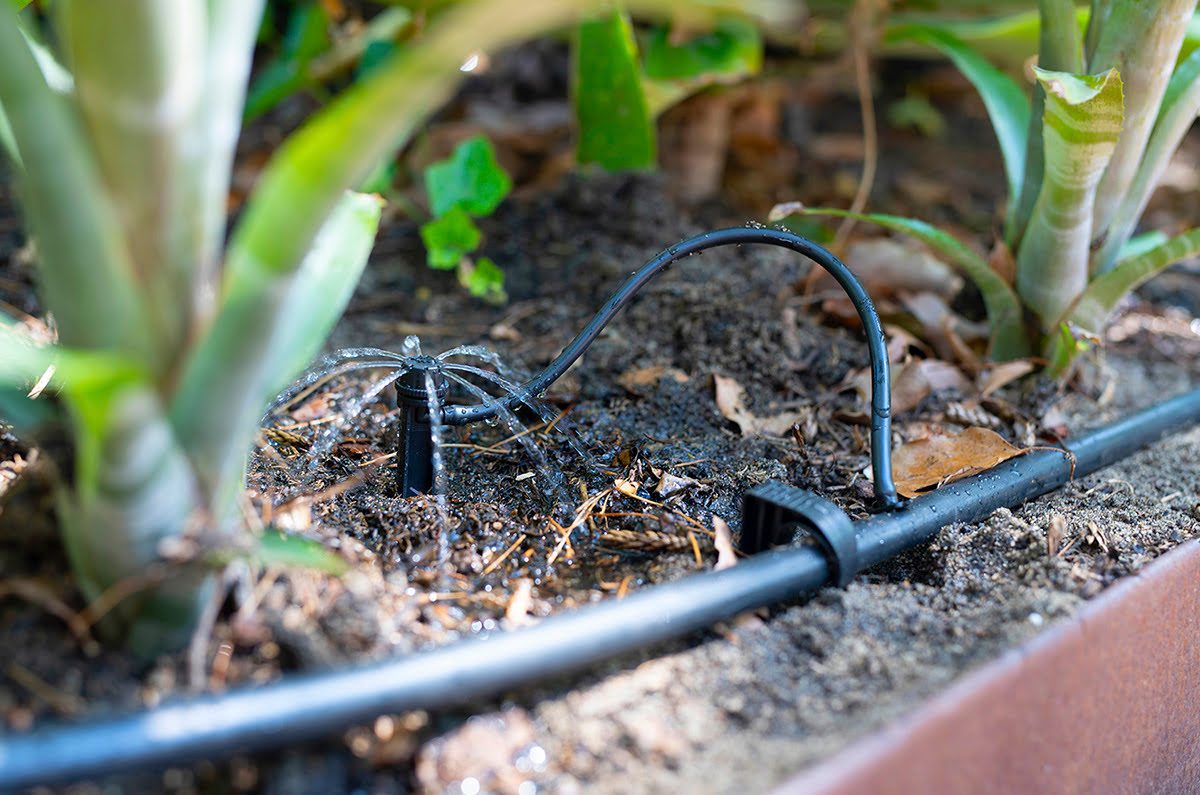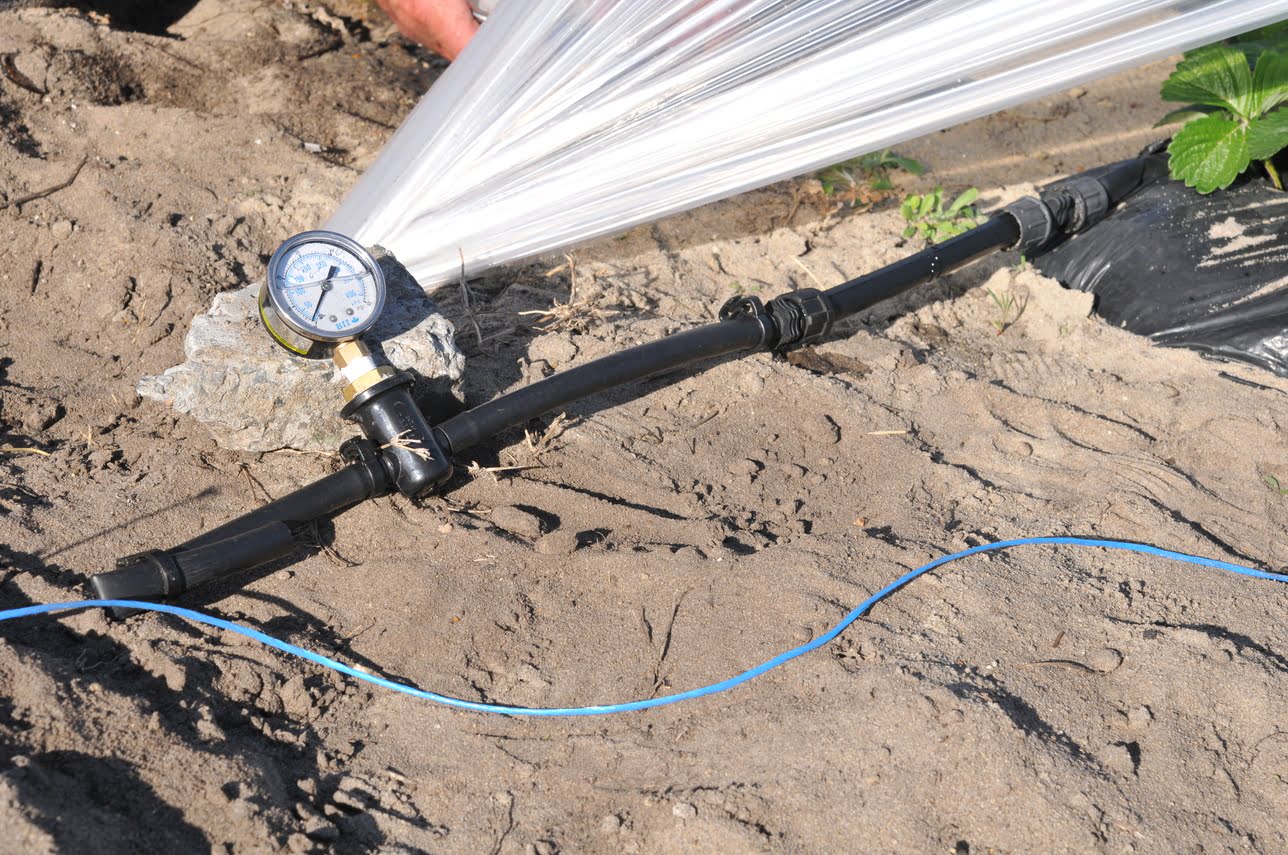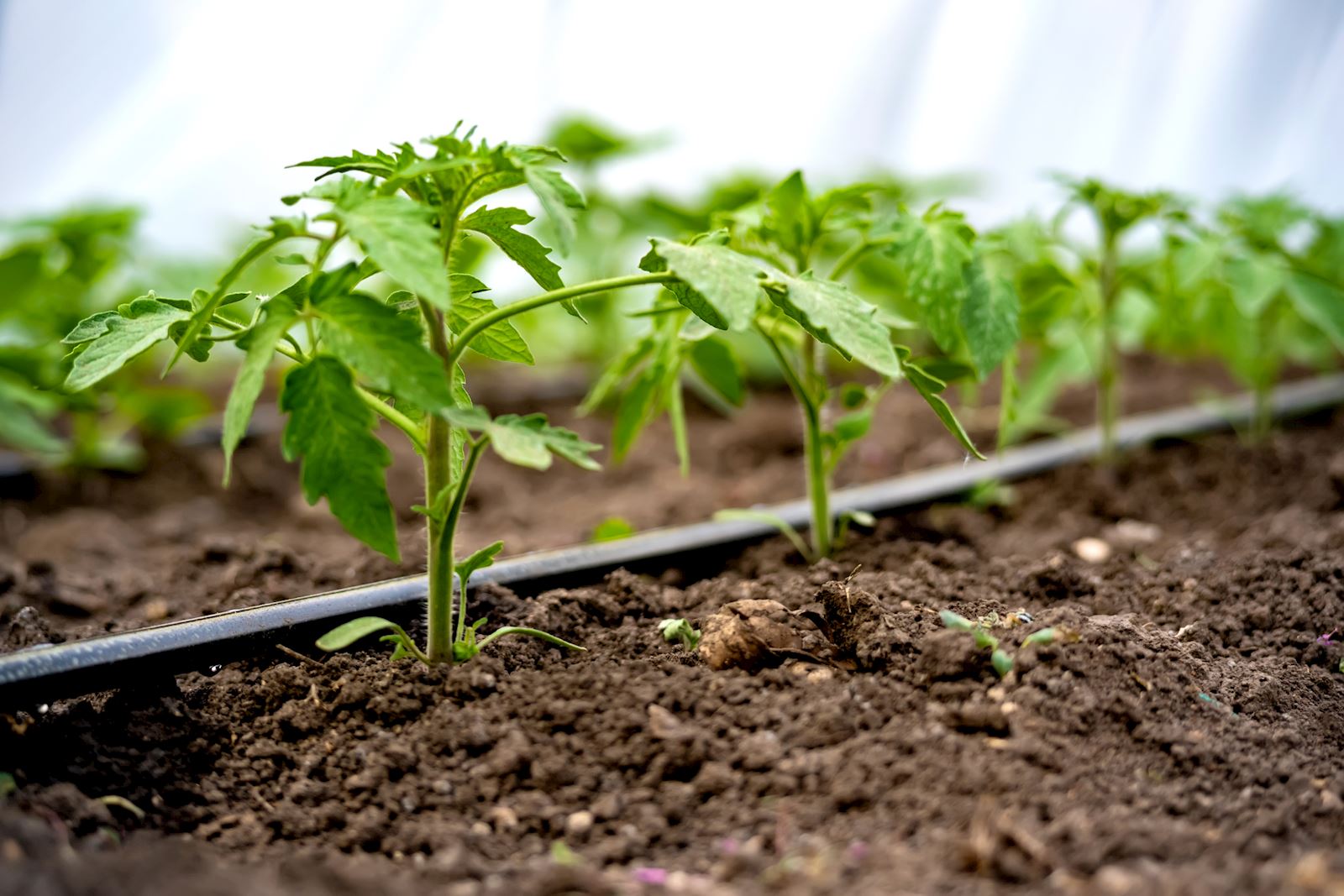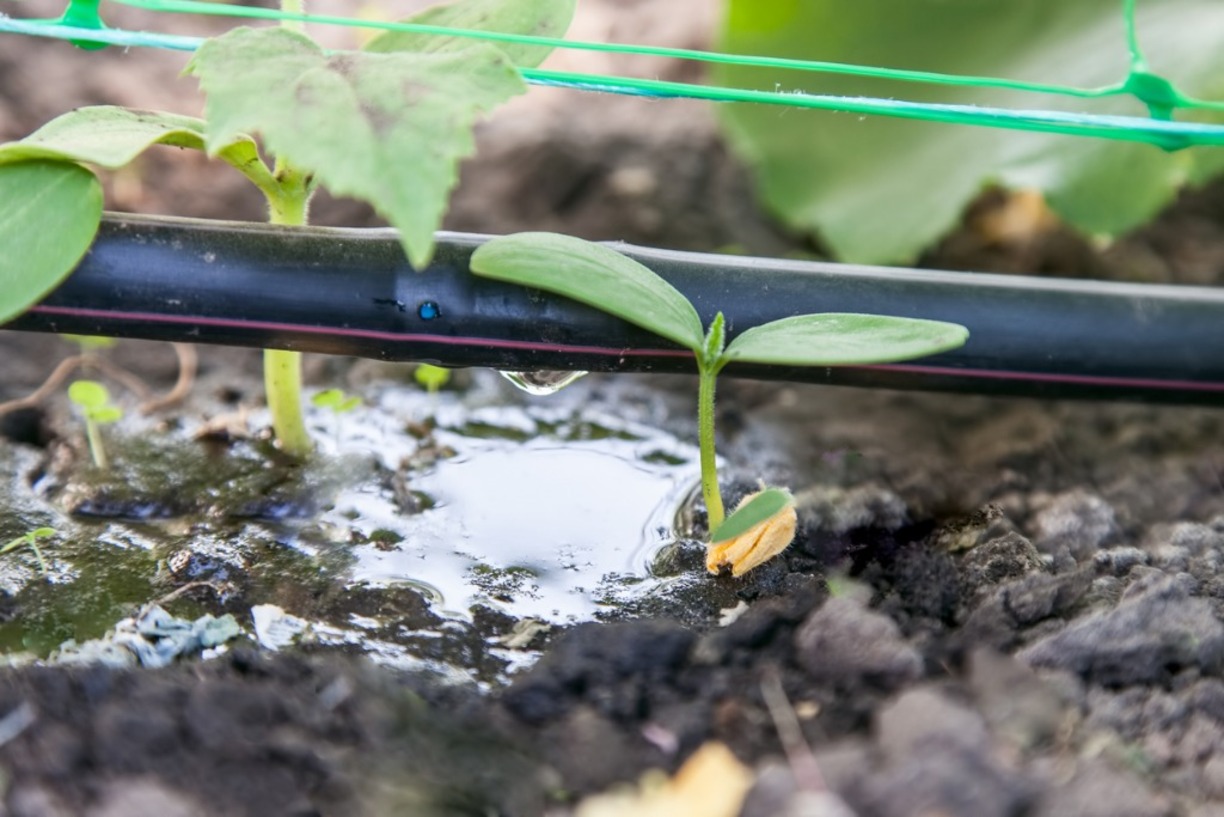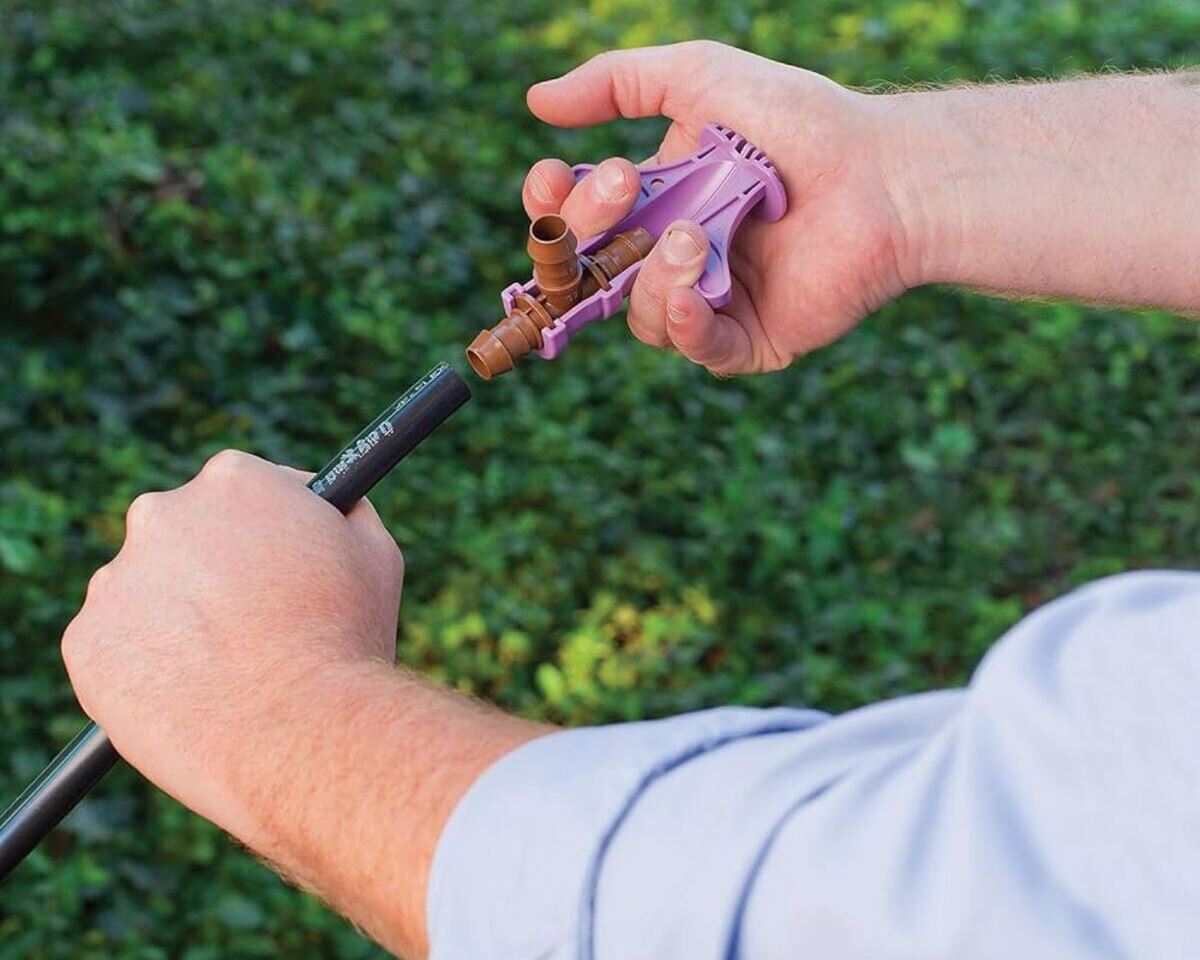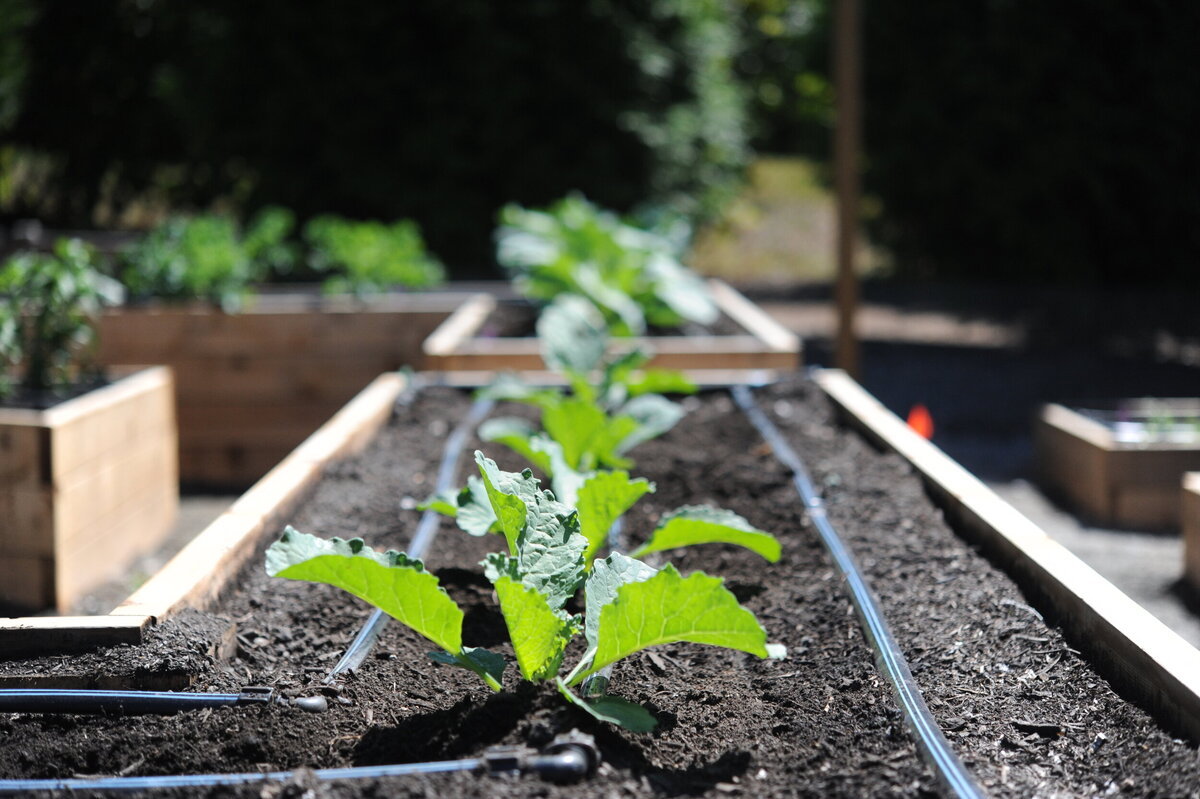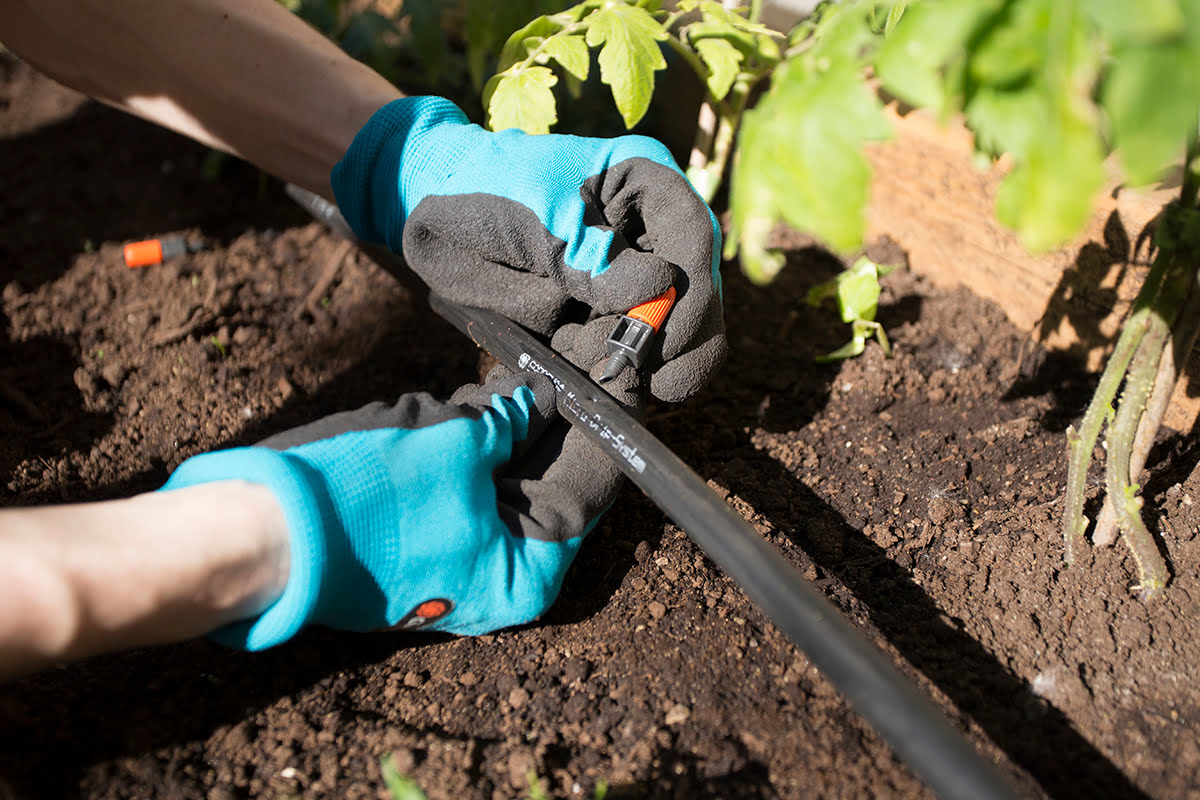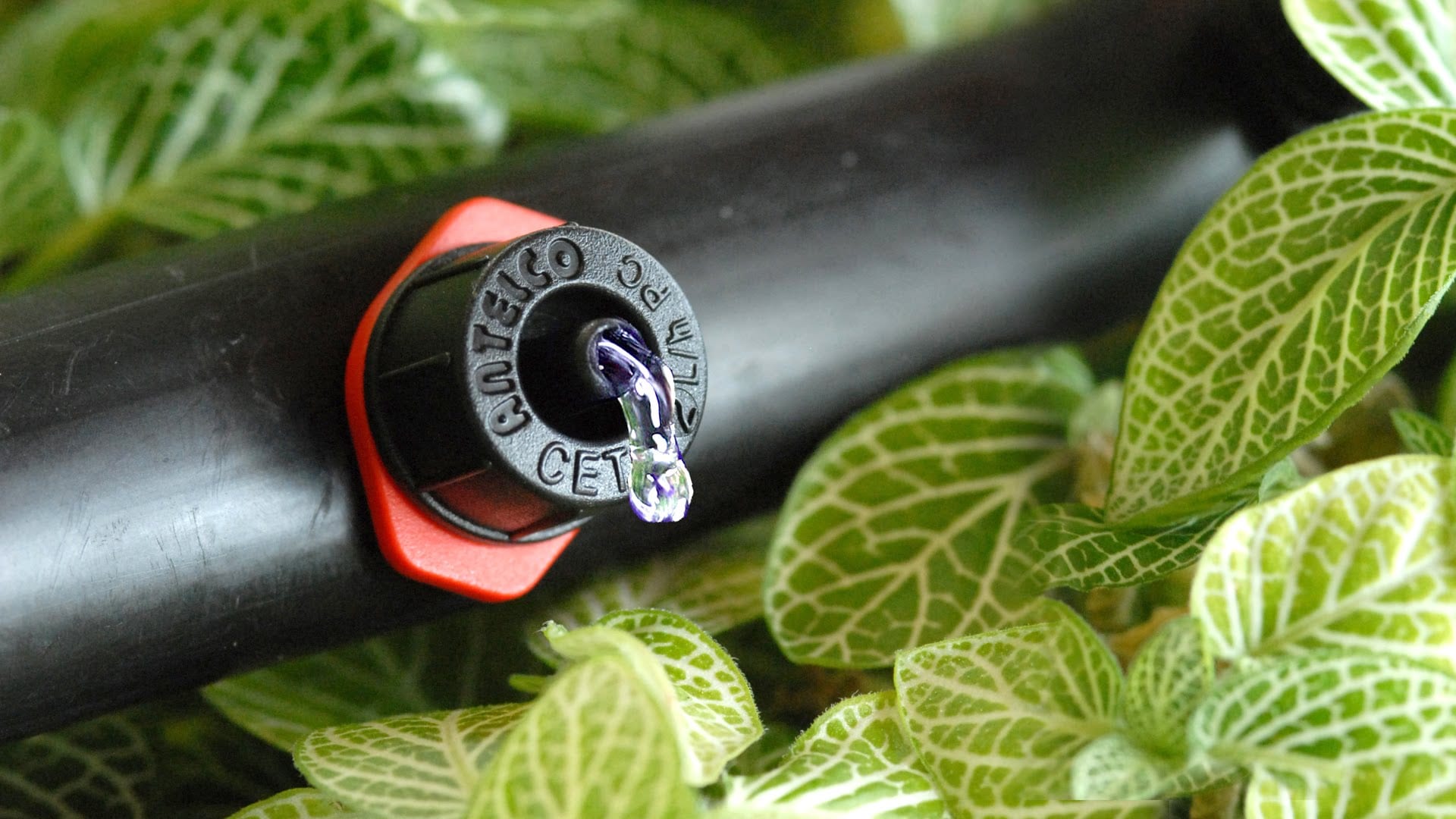Home>Gardening Techniques>Plant Care>How Long To Run Drip Irrigation For Trees


Plant Care
How Long To Run Drip Irrigation For Trees
Modified: February 6, 2024
Learn the optimal duration to run drip irrigation for trees and ensure proper plant care. Discover the best watering practices for healthy tree growth.
(Many of the links in this article redirect to a specific reviewed product. Your purchase of these products through affiliate links helps to generate commission for Chicagolandgardening.com, at no extra cost. Learn more)
Table of Contents
Introduction:
Welcome to the world of tree care! If you’re a proud tree owner, you likely understand the importance of providing your trees with proper care and attention. One essential aspect of maintaining healthy trees is ensuring they receive adequate water. While traditional watering methods can be effective, drip irrigation offers a more efficient and targeted approach to tree hydration.
Drip irrigation involves the slow, consistent delivery of water directly to the tree’s root zone through a system of tubes or pipes with emitters. This method allows for minimal water loss due to evaporation and runoff, making it ideal for conserving water while supporting the tree’s needs.
In this article, we will delve into the ins and outs of using drip irrigation for trees. We’ll explore various factors to consider, guidelines for determining the optimal run time, and offer some tips for maximizing the efficiency of your drip irrigation system. So, let’s dive in and discover how you can ensure your trees thrive with the help of drip irrigation.
Understanding Drip Irrigation for Trees:
Drip irrigation is a method of watering that provides a controlled and slow release of water directly to the root zone of trees. It involves a network of tubes or pipes with emitters strategically placed around the base of the tree. These emitters regulate the flow of water, ensuring that it is delivered at a slow and consistent rate.
One of the primary advantages of drip irrigation for trees is its efficiency in water usage. Unlike traditional watering methods, such as sprinklers, drip irrigation reduces water waste significantly. By delivering water directly to the roots, there is minimal evaporation or runoff, maximizing the tree’s water absorption and minimizing water loss.
Furthermore, drip irrigation allows for targeted watering, ensuring that the water reaches the roots where it is most needed. This is especially beneficial for trees with deep root systems, as it helps penetrate the soil and reach the lower layers where the roots are located. In contrast, surface watering techniques may only wet the topsoil, leaving the deeper roots thirsty.
Another advantage of drip irrigation is its ability to deliver water slowly. This slow and steady release mimics natural rainfall, allowing the soil to absorb the moisture without becoming saturated or causing waterlogging. This helps promote healthy root development and prevents issues such as root rot.
Additionally, drip irrigation can be customized to meet the specific needs of different tree species, soil types, and environmental conditions. By adjusting factors such as flow rate, spacing between emitters, and watering frequency, you can create an optimized irrigation system tailored to your trees’ requirements.
Overall, understanding how drip irrigation works and its benefits for trees is essential for effective tree care. By providing targeted and efficient water delivery, drip irrigation can play a vital role in maintaining the health and vitality of your trees.
Factors to Consider:
Before implementing a drip irrigation system for your trees, it’s important to consider several factors to ensure its effectiveness. Taking these factors into account will help you design and adjust your irrigation setup to meet the specific needs of your trees. Here are some key factors to consider:
- Tree species: Different tree species have varying water requirements. Some trees thrive in moist soil, while others prefer drier conditions. Research the specific water needs of your tree species to determine the appropriate watering schedule and duration.
- Soil type: The type of soil in your area will affect water retention and drainage. Sandy soil tends to drain quickly, requiring more frequent watering, while clay soil retains moisture for longer periods. Understand your soil type to determine the optimal watering schedule and duration.
- Climate: The climate in your region plays a significant role in tree irrigation. Hot and arid climates may necessitate more frequent watering, while cooler and humid climates may require less. Consider the average temperature, rainfall patterns, and humidity levels to establish an appropriate watering schedule.
- Tree age and size: Younger trees require more frequent watering, as their root systems are still developing. As the tree grows, its water requirements may change, so adjust the irrigation accordingly. Also, take into account the tree’s size, as larger trees may need a longer duration of watering to reach the entire root system.
- Water quality: The quality of your water source can impact the success of drip irrigation. Hard water with high mineral content can lead to clogged emitters over time. Consider using filtered or treated water to minimize potential issues.
- Irrigation system design: The design and layout of your drip irrigation system are crucial for efficient water delivery. Consider factors such as emitter spacing, flow rates, and the number of emitters per tree, ensuring that water is evenly distributed around the tree’s root zone.
By carefully considering these factors, you can tailor your drip irrigation system to meet the specific needs of your trees. This will result in optimal water utilization and promote healthy and thriving trees for years to come.
Determining the Run Time:
One of the key aspects of drip irrigation for trees is determining the appropriate run time, which refers to the duration of time that water should be flowing through the system. The run time will vary depending on factors such as tree species, soil type, climate, and the age and size of the trees. Here are some guidelines to help you determine the optimal run time for your drip irrigation system:
- Reference guidelines: Many agricultural and horticultural resources provide general guidelines for tree watering. These guidelines often recommend a specific duration for watering based on the tree’s size and age. These references can be a good starting point when determining the run time for your drip irrigation system.
- Soil moisture monitoring: One of the most effective methods for determining the run time is to monitor the soil moisture levels around the tree. Use a soil moisture sensor or a simple soil moisture probe to check the soil’s moisture content at various depths. This will give you a more accurate indication of when to stop watering.
- Observation and adjustment: Observe the tree and its surrounding soil after watering. If the soil appears saturated or water starts pooling on the surface, you may be overwatering and should reduce the run time. On the other hand, if the soil appears dry, you may need to increase the run time to ensure adequate water reaches the root zone.
- Consider environmental factors: Take into account the climate and weather conditions when determining the run time. During periods of heavy rain or high humidity, you may need to reduce the run time to avoid waterlogging. Conversely, during hot and dry spells, you may need to increase the run time to compensate for increased evaporation.
- Adjustments over time: As your trees grow and their root systems expand, you may need to adjust the run time accordingly. Younger, newly planted trees will require more frequent watering with shorter run times, while mature trees may need longer run times to ensure the water reaches the entire root system.
Remember that these guidelines are general recommendations, and it’s essential to assess the specific needs of your trees and make adjustments as necessary. Regular monitoring and observation of your trees and the surrounding soil will help you fine-tune the run time for optimal tree health and water efficiency.
Tree Watering Guidelines:
Proper watering is essential for the health and longevity of your trees. While drip irrigation offers a targeted and efficient watering method, it’s important to follow some general guidelines to ensure your trees receive the right amount of water. Here are some tree watering guidelines to keep in mind:
- Establishment period: Newly planted trees require more frequent watering than established trees. During the first year, water young trees every 2-3 days to help them establish strong root systems. As the trees mature, gradually reduce the frequency of watering.
- Water deeply: When watering, it’s crucial to water deeply to encourage deep root growth. Shallow watering can lead to shallow roots, making the tree more susceptible to drought stress. Aim to moisten the soil to a depth of 12-18 inches to ensure the water reaches the entire root zone.
- Timing: Water your trees early in the morning or late in the evening to minimize water loss through evaporation. Avoid watering during the hottest part of the day when the sun is at its peak, as this can lead to excessive evaporation and potential damage to the tree.
- Adjust for weather conditions: During periods of high heat or drought, it may be necessary to increase watering frequency. Conversely, during cooler or rainy periods, you can reduce the frequency of watering to prevent overhydration and potential root rot.
- Observe and adjust: Regularly monitor the soil moisture levels around your trees. Use a soil moisture probe or check for visual cues like dry or wilting leaves. Adjust the watering frequency and duration based on the specific needs of your trees and the soil conditions.
- Frequent but shallow watering: In some cases, such as with certain shallow-rooted tree species, it may be more beneficial to provide frequent but shallow watering. This will help ensure that the water reaches the root zone without causing excess water runoff.
- Mulching: Apply a layer of organic mulch around the base of your trees to help retain moisture in the soil. The mulch acts as an insulating layer, reducing water evaporation and maintaining a more consistent soil moisture level.
Remember that these guidelines serve as a starting point, and it’s important to understand the specific requirements of your tree species and adjust accordingly. Regularly assess the soil moisture and the overall health of your trees to fine-tune your watering practices for optimal growth and vitality.
Tips for Efficient Drip Irrigation:
Efficient drip irrigation not only helps conserve water but also ensures that your trees receive the right amount of moisture for optimal growth. Here are some tips to maximize the efficiency of your drip irrigation system:
- Regular maintenance: Inspect your drip irrigation system regularly to check for any leaks, clogged emitters, or damaged tubing. Address these issues promptly to prevent water wastage and ensure uniform water distribution.
- Proper spacing: For effective water distribution, ensure that the emitters are evenly spaced around the tree’s root zone. This will help provide consistent moisture throughout the entire area and avoid over or under-watering specific sections.
- Use pressure regulators: Install pressure-regulating devices in your system to maintain a consistent water flow. This can help prevent excessive water pressure that may burst or damage the tubing and emitters.
- Utilize timers or controllers: Set up timers or controllers to automate your drip irrigation system. This will ensure that the trees receive water consistently and at the appropriate times, even if you are not available to manually control the system.
- Adjust watering frequency: Regularly assess the moisture levels in the soil and adjust the watering frequency accordingly. During cooler or rainy periods, reduce the frequency, and during hot and dry spells, increase it to compensate for increased evaporation.
- Consider tree growth: As your trees grow, their root systems will expand. Adjust the placement and number of emitters to properly cover the entire root zone. This will ensure that the water reaches the entire root system and promotes healthy growth.
- Leak prevention: Check for any leaks in the system, such as at the connection points or where tubing is punctured. Repair these leaks promptly to prevent water loss and maintain the efficiency of your drip irrigation system.
- Monitor and adjust: Regularly monitor the soil moisture levels around your trees and observe the health of the foliage. Adjust the run time and watering frequency as needed to ensure the trees receive the optimal amount of water.
- Consider weather-based irrigation: Use weather sensors or smart irrigation controllers that adjust the watering schedule based on real-time weather data. This ensures that your trees receive the right amount of water, taking into account rainfall and evaporation rates.
- Mulch: Apply a layer of organic mulch around the base of the tree to help conserve moisture in the soil. The mulch acts as insulation, reducing water evaporation and maintaining a more consistent soil moisture level.
By following these tips, you can maximize the efficiency of your drip irrigation system, promote healthy tree growth, and conserve water resources. Remember to regularly assess and adjust your watering practices based on the specific needs of your trees and the surrounding environmental conditions.
Conclusion:
Drip irrigation is an effective method for providing water to trees, offering precise and efficient delivery while conserving water resources. By understanding the principles of drip irrigation and considering factors such as tree species, soil type, climate, and watering guidelines, you can ensure that your trees receive the optimal amount of water for healthy growth.
Remember to determine the run time of your drip irrigation system by referencing guidelines and monitoring soil moisture levels. Adjust the run time as needed to accommodate various factors and the changing needs of your trees. Following proper tree watering guidelines, such as watering deeply, observing the environment, and adjusting watering practices, will help promote healthy root development and prevent issues such as water stress or root rot.
To maximize the efficiency of your drip irrigation system, conduct regular maintenance, properly space the emitters, use pressure regulators, and consider using timers or controllers. Adapting the system to accommodate tree growth, monitoring for leaks, and utilizing weather-based irrigation techniques are all effective strategies for achieving efficient water use.
By implementing these tips and techniques for efficient drip irrigation, you can ensure that your trees receive the right amount of water they need to thrive while promoting water conservation efforts. Remember to regularly monitor and adjust your watering practices based on the specific needs of your trees and the surrounding environmental conditions.
With careful attention and proper irrigation practices, your trees will remain healthy, vibrant, and a source of beauty and shade for years to come.

